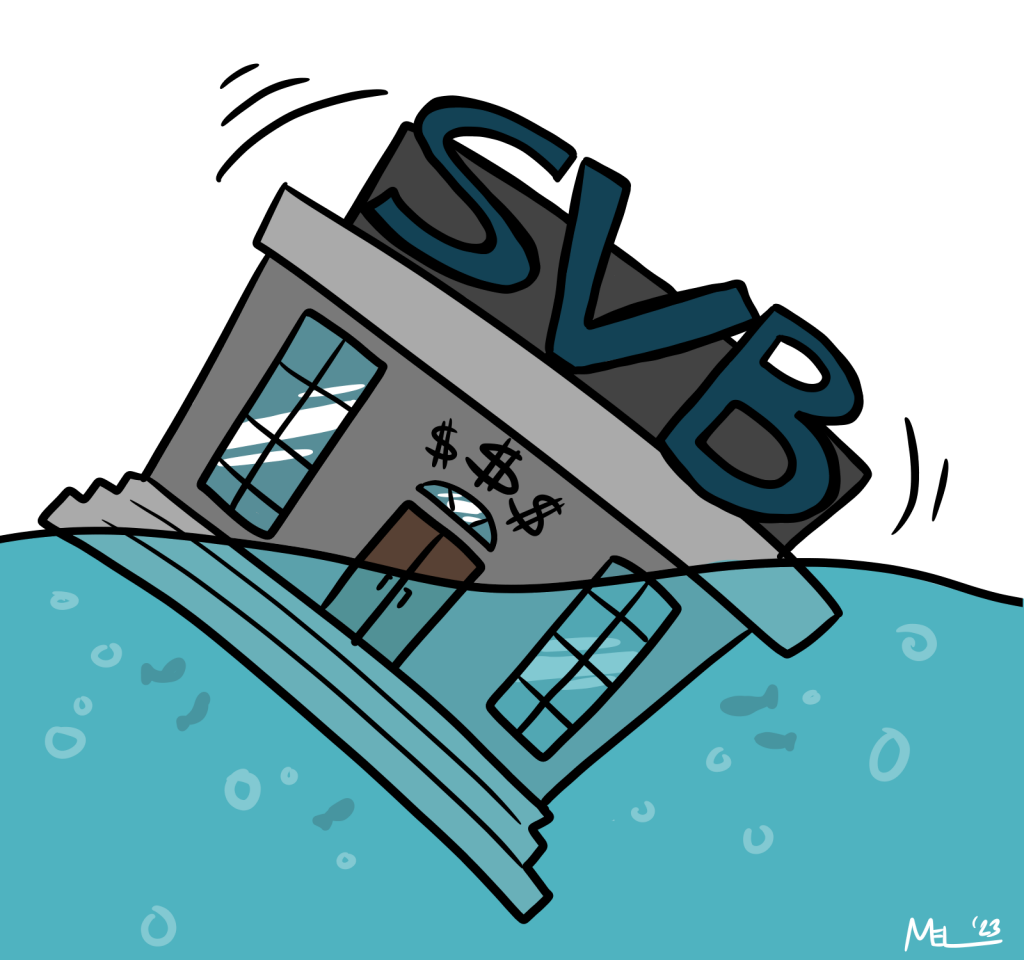Featured Image: Mars Johnson | Marlin Chronicle
Free Application for Federal Student Aid (FAFSA) has recently undergone changes to streamline and simplify the application process, drastically increasing the amount of households which can benefit from the up to $7,395 in aid.
This change in FAFSA comes at a historic high of college prices, with the average cost of an in-state degree from a public university totaling more than $10,000 annually, and almost $40,000 for a private degree, according to U.S. News.
In spite of the program’s new roll-out for the 2024-2025 academic year, changes have been in the works since 2020, starting with the passing of the Consolidated Appropriations Act.
The new means of data collection for the program heavily aided the streamlining process. FAFSA will now directly pull the information it needs to review an individual’s application, from a financial standpoint, through the IRS. This will allow the FAFSA review committee and applicants to go through less paperwork to capture what unique factors may affect a student’s case.
While the streamlining process is inherently desirable, the idea of data collection from the IRS is a daunting one. In an article from CNN detailing the changes made to the FAFSA processes, it remained unspecified how many years of data the IRS will be giving to the FAFSA committees.
This has drawn concern from students across the country who benefit from the aid. Daniel Andrawis, a student at University of Albany, said, “I think that using the IRS for streamlining data collection is great for efficiency.”
Andrawis addressed potential concern for this level of data collection, “I however, do understand that it could generate hesitancy for some who would like to know exactly what data will be shared in the interest of privacy.”
Ultimately, Andrawis said, “Given it is likely this information is information they have shared already to complete past FAFSA applications or had the intent to share it for the first application round, I think so long as it is well communicated they are only taking what they need, it will mitigate worry.”
The changes that came from this initiative were not solely focused on the efficiency of the application process. The changes also included an expansion of eligibility for FAFSA and an end to the sibling discount.
The eligibility differences will allow for approximately half a million additional students to qualify for a Federal Pell Grant. Not all recipients will be receiving the maximum value of the Pell Grant program, currently $7,395. However, after the recent changes, the number of students who do will rest at one and a half million. This impact will be felt most by minority households, who make up the largest Pell Grant recipient groups proportional to their college population.
The sibling discount is likely to turn a few more heads. Previously, the Department of Education offered a discount for families who had two children in college at once. That has since been abolished with the intention of positively influencing eligibility for those who need it.
Some students are concerned about the effects this may have on their families in the long run. Liese Hazelwood, a sophomore and Pell Grant recipient, expressed her concern over the potential ramifications for multiple family households. “It’s hard to pay for college already, I am worried that without the additional discount, some siblings, like my own, may no longer be able to afford college and take out huge loans as a result. I additionally worry that it could influence some individuals’ decision of whether or not to go to college,” Hazelwood said.
While a third of students in undergraduate studies have a Pell Grant, according to NPR, it is unclear how many students are aware of the Pell Grant program. It is also unclear as to how well-educated students are to the process of Pell Grant applications through FAFSA.
Emily Moody, a junior, brought her concerns to the table about the knowledge students have been afforded about the new process. “I think that FAFSA should be explained more to students when applying to college,” Moody said. “For example, I understand how applications and Common App work much more than I understand how FAFSA works and is decided.”
Those students who wish to learn more about the FAFSA process are encouraged to visit the Federal Student Aid website. Students who find they qualify for FAFSA aid should be aware that applications open in December 2023 for the 2024-2025 academic year and will return to opening Oct. 1 for the years after.
By Rowan Stuart


